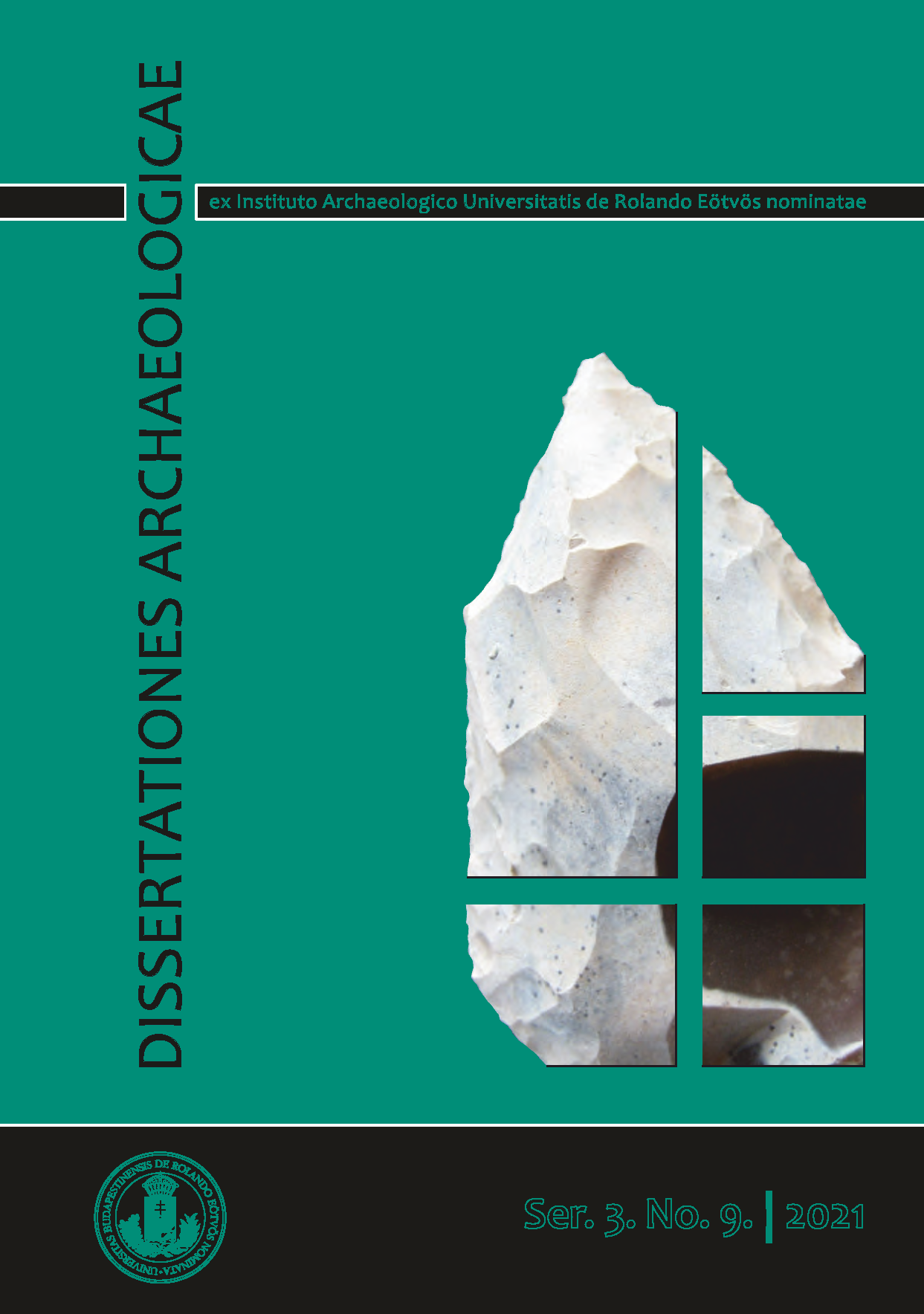Technological observations on a Late Copper Age ceramic assemblage from Hódmezővásárhely-Kopáncs-Olasz-tanya, Hungary
Published 2022-03-02
Keywords
- pottery technology, Late Copper Age, handbuilding techniques, comparison
How to Cite
Abstract
The observations of the present paper, following the footsteps of previous studies, provide researchers with a rich set of data that shed more light on the pottery manufacturing techniques of Late Copper Age potters. The investigated assemblage belongs to the Baden culture, excavated at Hódmezővásárhely-Kopáncs-Olasz-tanya I in 2009. So far, four studies have been published on other sites from the heritage of Baden culture, which have been examined in a similar way, focusing on pottery technology. Therefore, the Baden culture is currently the most researched in this respect because the same macroscopic methods were used. In this state of research, we have an opportunity to compare these five assemblages, which allows us to identify similarities and differences in certain details of the technology of potting tradition of different regions in one extended cultural complex. In order to clarify the terminology and certain procedures of handbuilding techniques and possible tool usage in burnishing I make corrections on earlier statements. In addition to observations of potting technology also documenting the use-traces, the secondarily used sherds and any noticeable phenomena, such as grain imprints on ceramics. For the question of intentional or accidental occurrence of grain imprints on ceramics, I share the potter’s viewpoint, to shed more light on this topic. The aim of this paper is to present and discuss a wide range of phenomena that can be used for the chaîne opératoire of pottery production and object-biographical studies.


